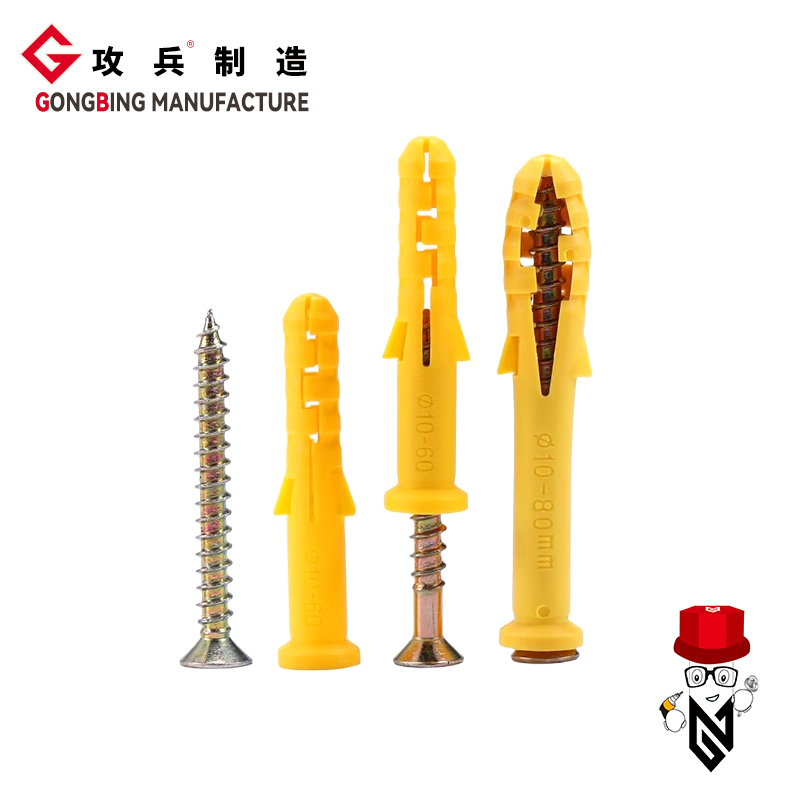structural steel bolts
Understanding Structural Steel Bolts The Backbone of Construction
Structural steel bolts play a critical role in modern construction, providing essential connections and stability in various architectural and engineering applications. These bolts are designed to withstand significant loads and stresses, making them indispensable in constructing buildings, bridges, and other infrastructure.
What Are Structural Steel Bolts?
Structural steel bolts are specialized fasteners that secure steel components together. They come in various grades, sizes, and designs, engineered to meet the specific requirements of different applications. Common types include hex cap screws, eye bolts, and anchor bolts. Each type serves a unique purpose, ensuring a robust and durable connection between structural elements.
Importance of Material Selection
The material composition of structural steel bolts is vital to their performance. Typically made from carbon steel, these bolts may also be galvanized or coated to enhance their corrosion resistance. The use of high-strength steel is common in applications where significant loads are involved. This selection ensures that the bolts maintain their integrity over time, even when exposed to the elements or varying loads.
Connection Types
There are two primary connection types utilized in structural steel work bolted connections and welded connections. Bolted connections allow for ease of assembly and disassembly, which is particularly beneficial for temporary structures or during on-site adjustments. Welded connections offer a more permanent solution, providing a seamless joint that can handle heavy loads. However, they require specialized skills and equipment, making them often less convenient than bolted connections.
Standards and Specifications
structural steel bolts

To ensure the safety and effectiveness of structural steel bolts, various standards and specifications must be adhered to. In the United States, the American Society for Testing and Materials (ASTM) provides guidelines for bolt specifications, including material grades, dimensions, and testing methods. Additionally, the American Institute of Steel Construction (AISC) sets forth design criteria and best practices for using bolts in structural applications. Compliance with these standards is crucial to ensure the safety and durability of the overall structure.
Installation Techniques
Proper installation is essential to the performance of structural steel bolts. Techniques such as torquing and tensioning are commonly employed to ensure that the bolts are tightened to the appropriate specifications, preventing issues like bolt fatigue and failure. Moreover, using methods such as snug-tight connections or pre-tensioning can further enhance the reliability of bolted joints.
Maintenance and Inspection
Regular inspection and maintenance of structural steel bolts are vital for long-term performance. Engineers and inspectors often check for signs of wear, corrosion, or loosening. Addressing these issues promptly can prevent costly structural failures and extend the lifespan of the structure. Techniques such as ultrasonic testing and visual inspections are commonly employed to evaluate the condition of bolted connections.
The Future of Structural Steel Bolts
As technology advances, the future of structural steel bolts is becoming more promising. Innovations in materials, such as the development of stronger and lighter alloys, and advances in installation techniques are revolutionizing how these fasteners are used in construction. Additionally, the integration of smart technology, such as sensors that monitor bolt tension and stress, can provide real-time data, enhancing safety by allowing for proactive maintenance.
Conclusion
In conclusion, structural steel bolts are a foundational component of modern construction, ensuring stability and safety across a myriad of structures. Through an understanding of their types, materials, specifications, and proper installation and maintenance practices, engineers and builders can create reliable, enduring structures that stand the test of time. As the industry continues to evolve, the role of these small yet mighty fasteners remains pivotal in shaping our built environment.
-
Weatherproof Plastic Expansion Anchors for OutdoorNewsJun.06,2025
-
Sustainability in the Supply Chain: Eco-Friendly TEK Screws ProductionNewsJun.06,2025
-
Load-Bearing Capacity of External Insulation FixingsNewsJun.06,2025
-
Double Head Bolts: Enhancing Efficiency in Industrial MachineryNewsJun.06,2025
-
Corrosion Resistance in Chipboard Screws: Coatings for Wholesale DurabilityNewsJun.06,2025
-
Butterfly Toggle Bolts : Enhancing Structural ResilienceNewsJun.06,2025
